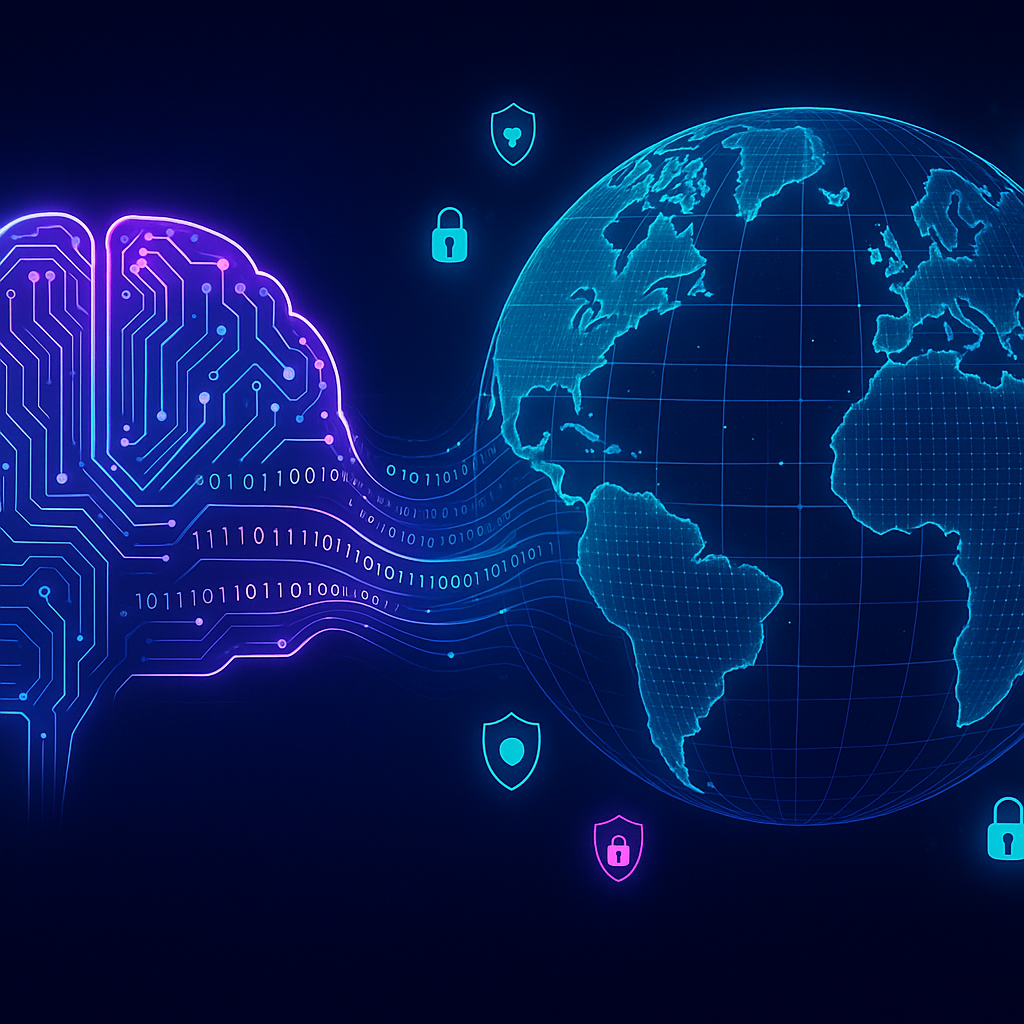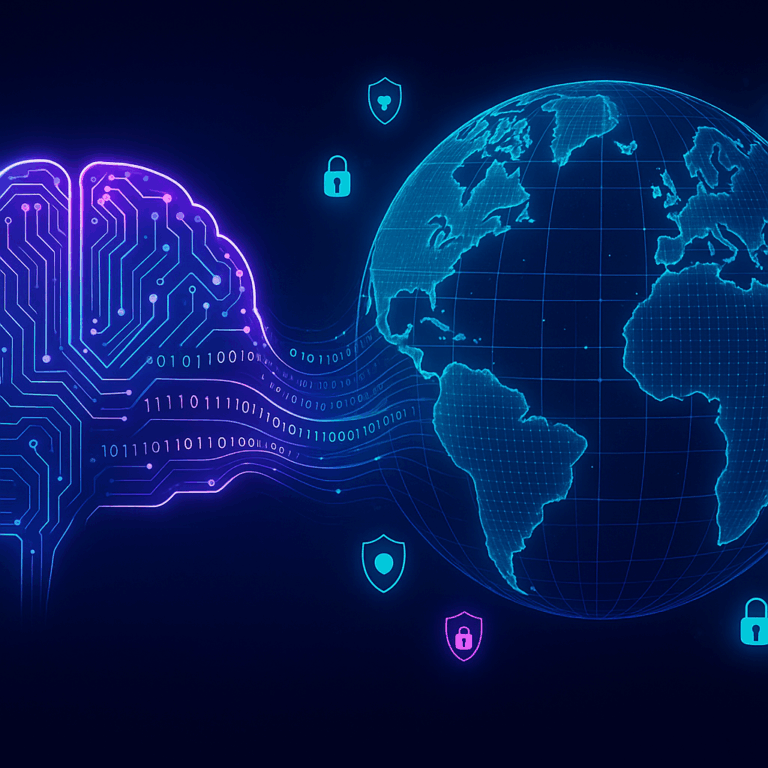
# Enhancing AI Security: Protecting Intelligent Systems Today
## Introduction
In today’s fast-evolving digital landscape, artificial intelligence (AI) is transforming the way organizations operate, innovate, and secure their systems. However, with its growing influence, AI brings with it a new array of security challenges. One of the most pressing concerns for cybersecurity professionals is the vulnerability of intelligent systems to sophisticated attacks. This blog post delves into the necessity of enhancing AI security, offering a thorough breakdown of how these attacks function and the measures required to safeguard these systems. Understanding and mitigating these risks is crucial as integrating AI becomes increasingly ubiquitous across industries.
## Main Content
### The Attack: Understanding the Threat
AI systems are particularly vulnerable to a unique class of cyberattacks known as adversarial attacks. These attacks exploit weaknesses in AI models by subtly altering inputs to manipulate the system’s outputs. Cybercriminals leverage these methods to deceive AI systems, bypass security protocols, or corrupt data.
### How the Attack Works
An adversarial attack on an AI system typically unfolds in several phases:
1. **Reconnaissance**:
– **Objective**: Gain insights into the target AI model’s architecture, data, and dependencies.
– **Methods**: Use techniques like model inversion and side-channel attacks to determine model weaknesses.
2. **Development of Adversarial Inputs**:
– **Objective**: Create manipulated inputs that force the model to make incorrect predictions.
– **Methods**: Employ algorithms to generate adversarial examples, such as adding imperceptible noise to image data which causes misclassification.
3. **Model Exploitation**:
– **Objective**: Implement the adversarial inputs to impact the AI system’s decision-making.
– **Effects**: Can lead to bypassing security measures, disrupting operations, or extracting sensitive data.
### Why It Matters in Today’s Cybersecurity Landscape
AI’s growing role means that attacks on these systems could have far-reaching implications, affecting critical domains such as finance, healthcare, and national security. As AI continues to evolve, so too does the sophistication of adversarial attacks. Here’s why it is a critical focus for cybersecurity:
– **Increasing Dependence on AI**: Organizations rely on AI for decision-making, making them targets for adversarial attacks.
– **Evolving Threat Landscape**: Attackers are continuously developing new methods to exploit AI system vulnerabilities.
– **Potential for Widespread Impact**: A successful attack can have cascading consequences across an organization and its ecosystem.
### Threat Detection and Anomaly Detection
**Threat Detection Methods**:
– **Signature-Based Detection**: Uses known patterns to identify adversarial inputs.
– **Behavioral Analysis**: Monitors for anomalies indicative of adversarial attacks.
– **AI Security Solutions**: Specialized software to filter and flag suspicious activities.
**Anomaly Detection in Networks**:
– **Machine Learning Models**: Implement models trained to recognize deviations from normal patterns.
– **Continuous Monitoring**: Uses logs and real-time analytics to identify potential threats.
### Security Protocols and Best Practices
– **Robust Model Training**: Incorporating adversarial training to anticipate and mitigate threats.
– **Regular Audits and Updates**: Conducting frequent security checks and updates to AI systems.
– **Access Controls**: Ensuring strict access protocols to sensitive AI models and datasets.
### Data Protection Strategies
– **Encryption**: Safeguarding data in transit and at rest to prevent unauthorized access.
– **Data Integrity Checks**: Ensuring data has not been tampered with, using checksums and hashing techniques.
– **Privileged Access Management (PAM)**: Restricting access to critical data and critical AI systems.
## Step-by-Step Breakdown
### Planning and Execution
1. **Identify the Target**: Attackers assess the system to understand which components of the AI are most vulnerable.
2. **Develop a Strategy**: Based on gathered intel, attackers tailor adversarial examples to exploit system weaknesses.
3. **Implementing the Attack**: Introduce adversarial inputs into the system covertly, leveraging various channels such as APIs or direct submissions.
### Defensive Strategies
– **Adversarial Training**: Continuously train AI models with adversarial examples to enhance their resilience.
– **Redundancy and Diversity**: Implement backup systems and diverse model architectures to prevent single points of failure.
– **Community Collaboration**: Engage with broader cybersecurity communities for shared insights and intelligence on emerging threats.
## Conclusion
As AI systems continue to transform organizational operations, safeguarding these technologies against adversarial attacks is imperative. By understanding how these attacks function, employing robust detection methods, and implementing stringent security protocols, organizations can better defend their AI assets. In this era of digital transformation, staying one step ahead in AI security not only protects critical systems but also fortifies the foundation upon which future technological advancements can occur. As AI continues to shape our world, vigilance, innovation, and collaboration will remain key pillars in the evolving cyber defense landscape.








